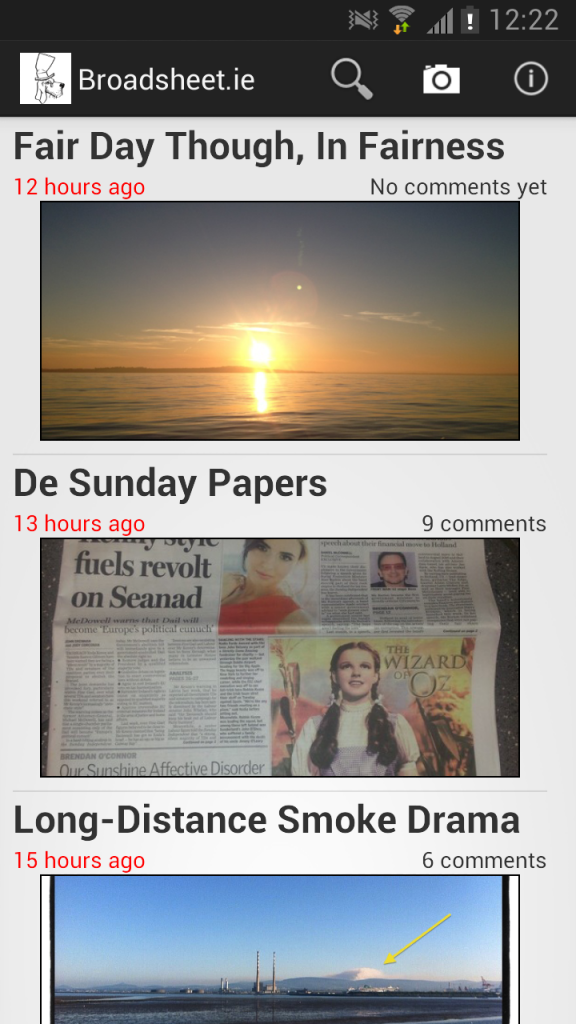I’ve a couple of paid apps and I am never really sure what to price them. On the one hand it’d be nice if I made anything from them but I also want people to actually use them. Last year, Michael Jurewitz wrote a series of fascinating posts on App Store Pricing. In particular the section on price elasticity stuck in my head.
My tax calculator app (unimaginatively called) TaxCalc.ie generally does best at two times of the year – in and around the budget announcements and in January (presumably as people are checking their first payslip).
On the run up to the 2014 Budget, I did a bigger than normal update to the app both modernising its internals and sprucing up the UI a bit. Based on the extra effort that was put in and keeping price elasticity in mind, I decided to increase the price on the 1st of October from 89c to €1.79 as a bit of an anti-sale.
For the period between the 1st of October 2013 and the 6th of January 2014 (€348.80 profit), I sold 320 copies compared to 315 the previous year (€151.20 profit). So not only did I sell more, I also more than doubled my profit.
I hadn’t really noticed this until I was doing my usual end of year comparisons at the start of January. As people seemed to be as willing to pay €1.79 as they were 89c, I decided to ratchet up the price to the next tier (€2.69) for the rest of January. The result was 72 sales compared to 101 in the same period of 2013. It may have been a 30% drop in downloads, but when you look at the proceeds, the app still generated more than twice amount at €118.08 as opposed to €54.54. I’d call that a successful experiment.
Will I increase the price again? Possibly for a week later in the year, but probably not. My gut feeling is that another price increase would would further drop download numbers to the point where it would make less money. More likely, I’ll either release the 2015 calculator as a standalone app or offer an update as an in-app purchase.
The tax calculator is a very niche app and and it’s really only providing me with beer money. Still, it was well worth tweaking the price to squeeze that little bit extra out of it to make the time spent developing it actually worth something.
tl;dr Increased the price of TaxCalc.ie from 89c to €1.79 and finally to €2.69 resulting in 2x profits while more or less maintaining the number downloads.
